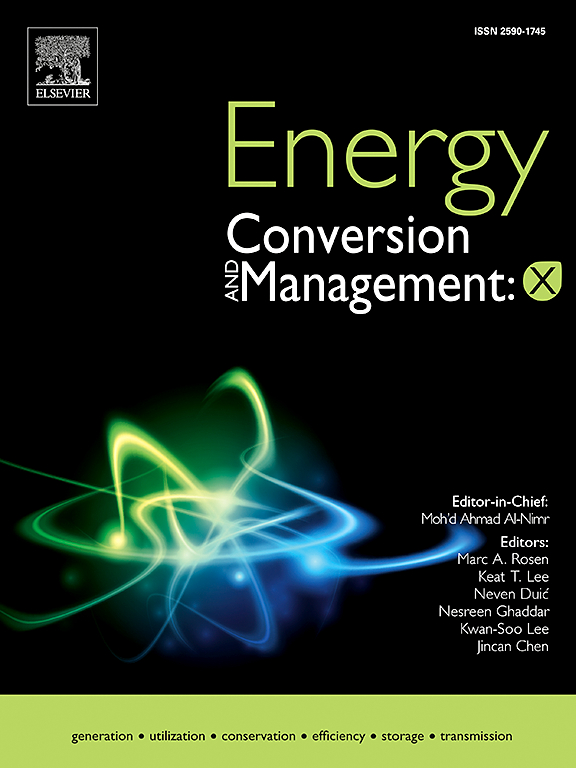A review of catalytic conversion of coal tar value-added chemicals at the molecular level based on first principles
IF 9.9
1区 工程技术
Q1 ENERGY & FUELS
引用次数: 0
Abstract
Coal tar (CT), a byproduct of coal pyrolysis, is a valuable source of chemicals not producible by the petrochemical industry. However, its complex composition and lack of effective conversion principles pose significant challenges for value-added utilization. This review focuses on the CT non-hydrogenation catalytic (CTC) and CT hydrogenation catalytic (CTHC) technologies for typical model compounds, fractions and full range of CT on a molecular level, providing an overview of the various catalysts and modification methods employed in CT and its precursor, to light aromatics (BTEXN) by CTC, high-energy–density fuels (HEDFs, Jet/Aerospace fuel) and chemicals (light aromatics and lubricants) by CTHC, and to fuels (gasoline and diesel) by hydrocracking. Additionally, this paper summarizes and elucidates the insights into the correlations between CT composition, catalyst structure, and product distribution. Combined with the corresponding achievements and research experience of this research team, the problems existing in the process of CTC and CTHC were pointed out, and the first principles of “point (single model compound)-line (mixed model compounds)-surface (group components/fractions)-body (CT)” for the step-by-step analysis and conversion of CT catalytic mechanism and value-added process were proposed. These advancements offer promising solutions for improving the quality and energy density of CT-derived products.基于第一性原理的煤焦油增值化学品分子水平催化转化研究进展
煤焦油(CT)是煤热解的副产品,是石化工业无法生产的宝贵化学品。然而,其复杂的组成和缺乏有效的转换原则对增值利用构成了重大挑战。本文从分子水平上综述了典型模型化合物、馏分和全系列CT的CT非加氢催化(CTC)和CT加氢催化(CTHC)技术,概述了CT及其前体、CTC对轻芳烃(BTEXN)、高能量密度燃料(hedf、航空/航天燃料)和CTHC对化学品(轻芳烃和润滑油)的各种催化剂和改性方法。对燃料(汽油和柴油)进行加氢裂化。此外,本文总结并阐明了CT组成、催化剂结构和产物分布之间的相关性。结合本课题组的相应成果和研究经验,指出了CTC和CTHC过程中存在的问题,提出了“点(单模型化合物)-线(混合模型化合物)-表面(组组分/馏分)-体(CT)”的第一性原则,对CT催化机理和增值过程进行分步分析和转化。这些进步为提高ct衍生产品的质量和能量密度提供了有希望的解决方案。
本文章由计算机程序翻译,如有差异,请以英文原文为准。
求助全文
约1分钟内获得全文
求助全文
来源期刊

Energy Conversion and Management
工程技术-力学
CiteScore
19.00
自引率
11.50%
发文量
1304
审稿时长
17 days
期刊介绍:
The journal Energy Conversion and Management provides a forum for publishing original contributions and comprehensive technical review articles of interdisciplinary and original research on all important energy topics.
The topics considered include energy generation, utilization, conversion, storage, transmission, conservation, management and sustainability. These topics typically involve various types of energy such as mechanical, thermal, nuclear, chemical, electromagnetic, magnetic and electric. These energy types cover all known energy resources, including renewable resources (e.g., solar, bio, hydro, wind, geothermal and ocean energy), fossil fuels and nuclear resources.
 求助内容:
求助内容: 应助结果提醒方式:
应助结果提醒方式:


